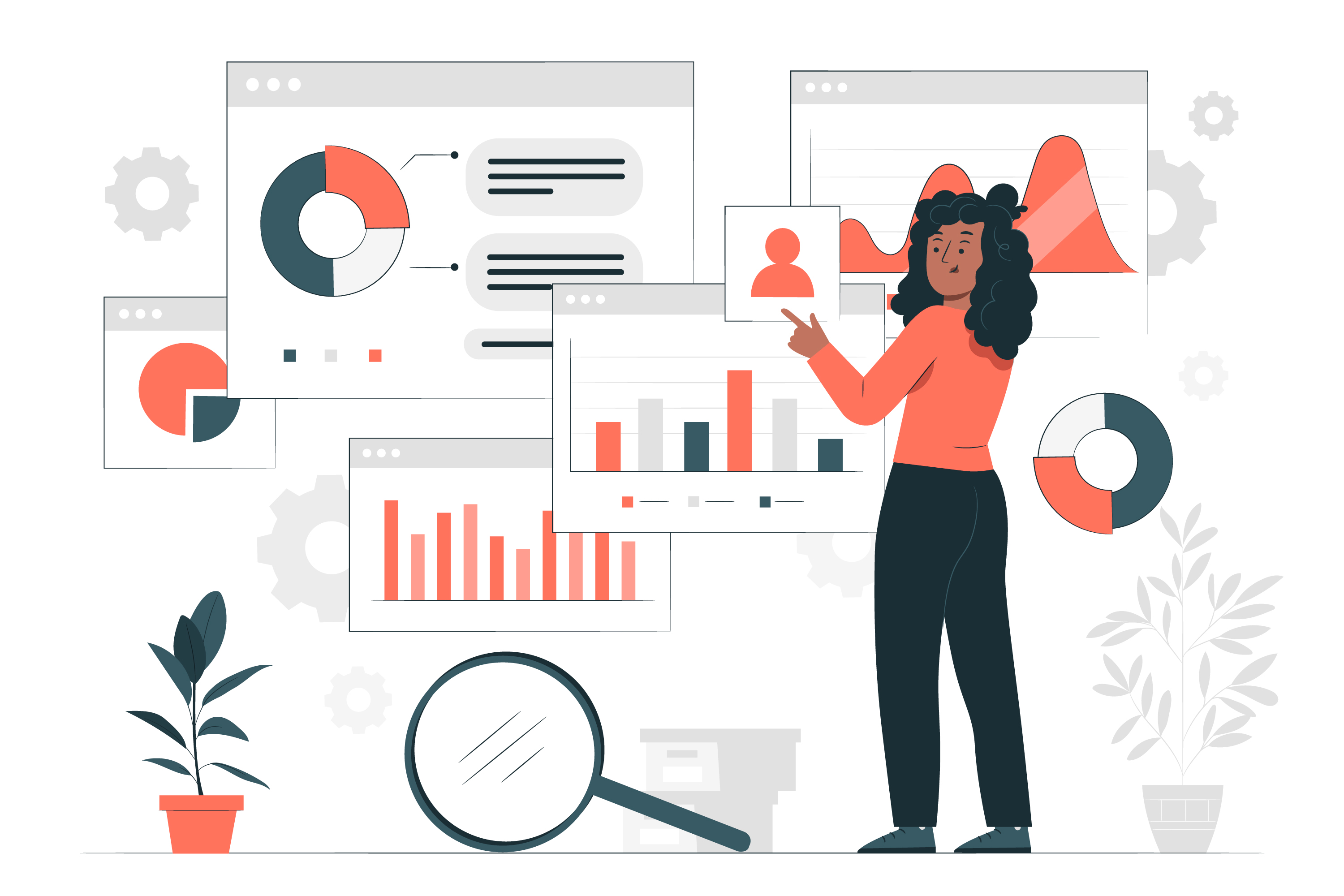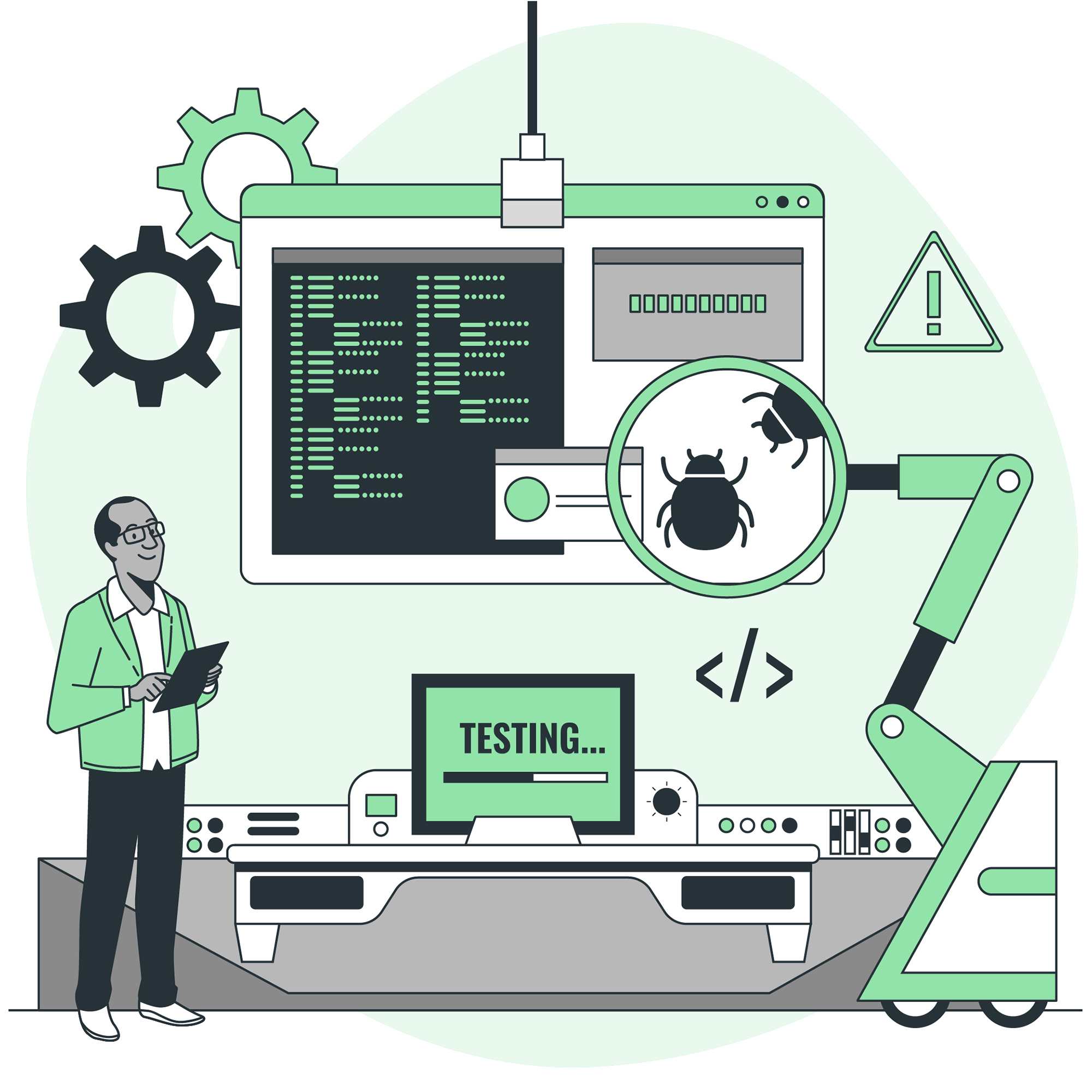Do you have innovative trading ideas but hesitate to risk your funds without testing them first? Understanding how to backtest trade ideas is crucial for any systematic trader. Let’s explore a straightforward backtesting process.

[Freepik](https://www.freepik.com/free-vector/data-analysis-concept-illustration_21118602.htm#fromView=search&page=1&position=1&uuid=725232ca-f2bd-49ed-9eb9-c0591b3724e7)
**Introduction:**
Backtesting is a fundamental aspect of developing your trading strategy. It involves simulating trades based on historical data to assess the effectiveness of an investment strategy. The premise is to evaluate whether what worked in the past may also work in the future.
**What Is Backtesting?**
In essence, backtesting evaluates whether your trading ideas hold merit by examining how they would have performed in the past. Positive results suggest potential effectiveness in live trading. It’s a method to validate trading strategies before risking real capital.
**Before You Begin Backtesting:**
Before diving into backtesting, clarify whether you're a discretionary or systematic trader. Discretionary trading relies on individual judgment, making backtesting less applicable. Systematic trading, on the other hand, benefits greatly from backtesting due to its rule-based nature. Establishing specific rules for entry and exit signals ensures a well-defined strategy for consistent results.

[Freepik](https://www.freepik.com/free-vector/software-tester-concept-illustration_32044575.htm#fromView=search&page=1&position=3&uuid=3056918e-e681-42d3-9ac8-20386e04fb23)
**How to Backtest a Trading Strategy:**
You can use various tools like Google Sheets, Excel, or Python to backtest. Start by choosing a specific time frame and defining your trading rules. For example, determine when to enter and exit trades based on technical indicators or price movements. Then, input historical market data and simulate trades accordingly. Analyze the results to evaluate the strategy’s performance.
**Evaluating Backtesting Results:**
Assess key metrics like volatility, exposure, annualized return, win-loss ratio, and average fill price. These metrics provide insights into the strategy’s risk and reward profile. However, remember that past performance doesn’t guarantee future success. Market conditions evolve, so adaptability is crucial. Additionally, consider the impact of outlier events, such as market crashes, on the strategy’s performance.
**Closing Thoughts:**
While we've covered the basics of manual backtesting, remember to remain vigilant. Market dynamics change, requiring continuous adaptation of trading strategies. Don't blindly trust data; exercise common sense in evaluating results. Backtesting is a valuable tool for refining trading strategies, but it's not a guarantee of future success. Stay flexible and be prepared to adjust your approach as needed.